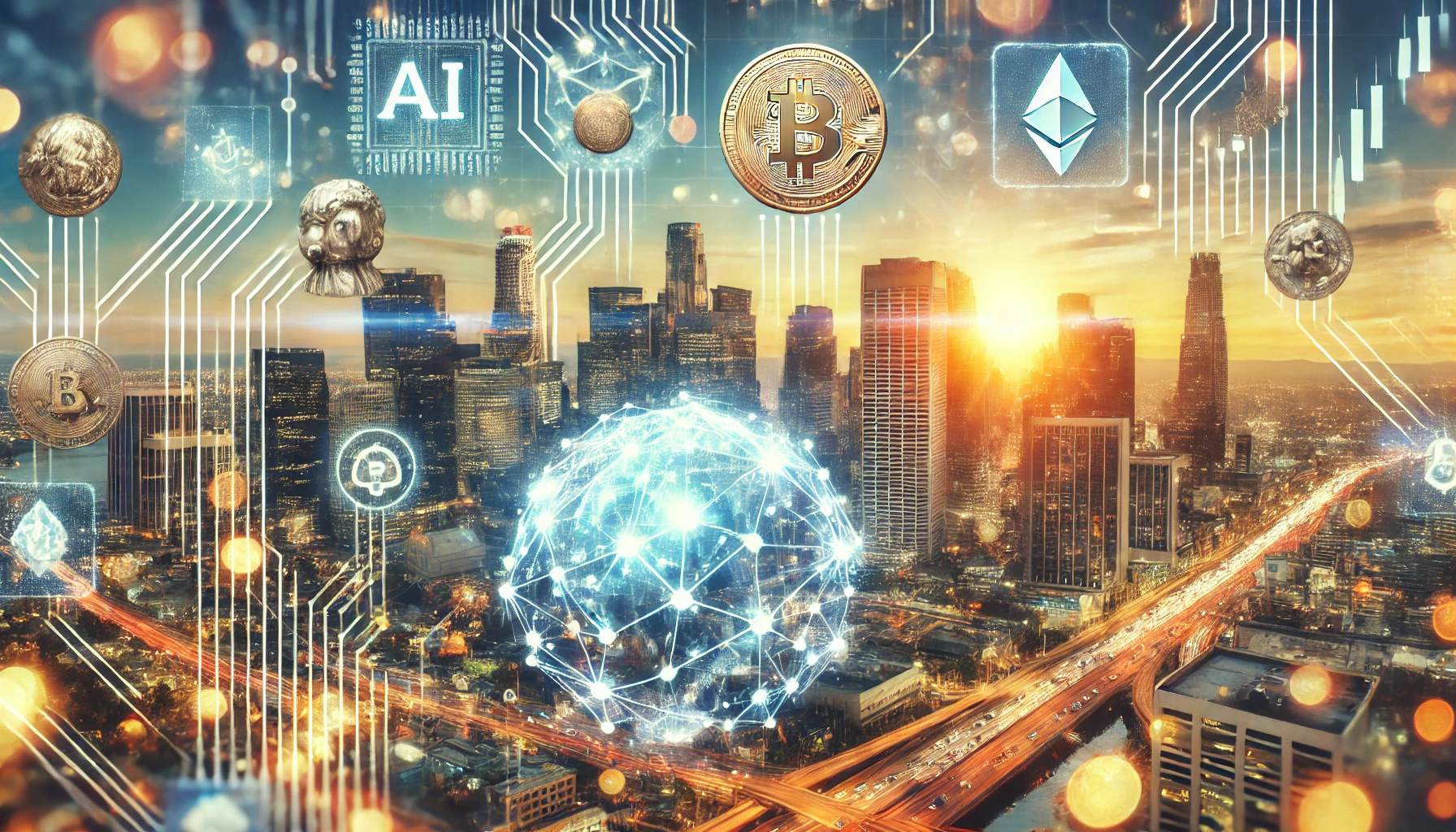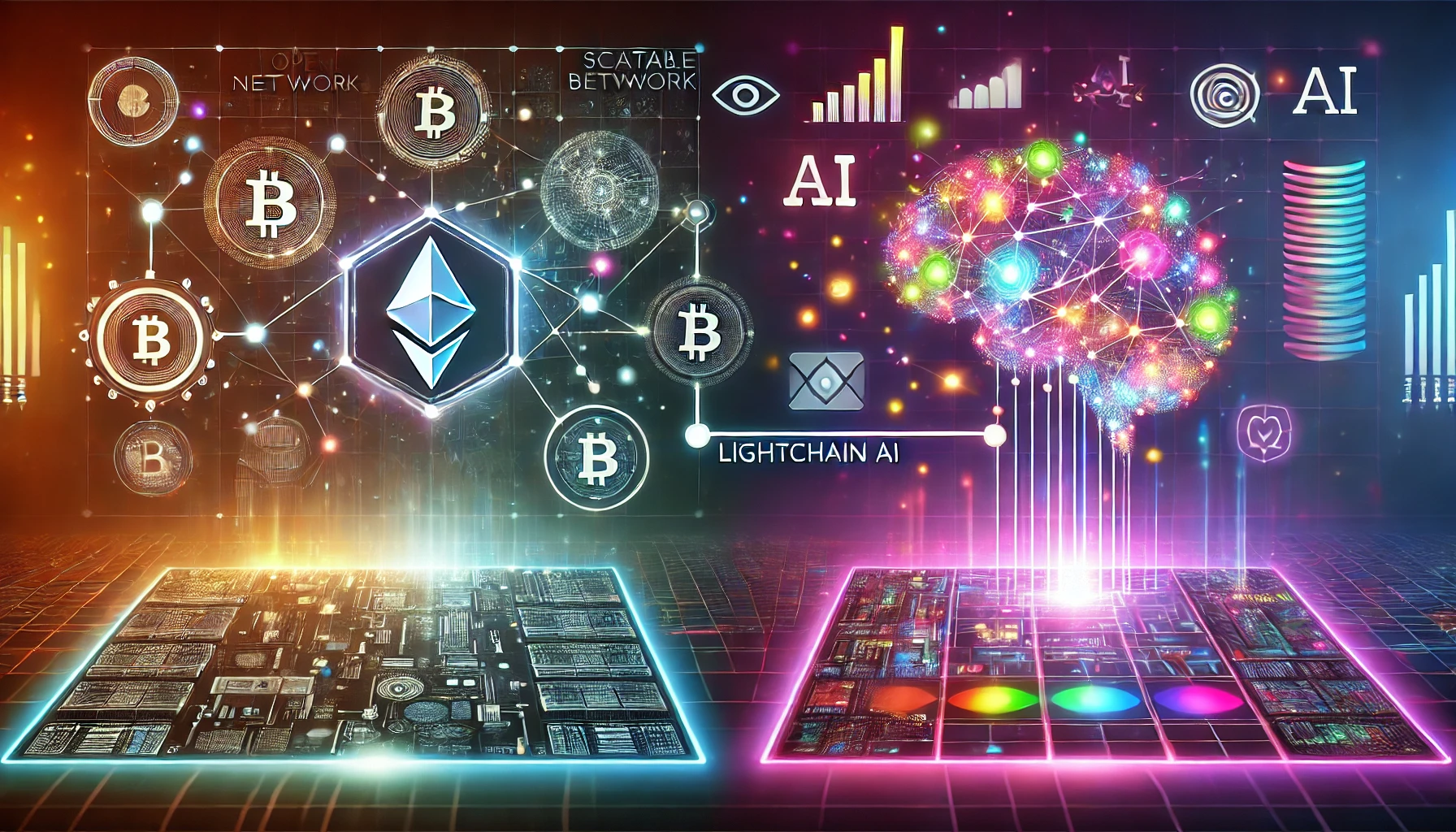As technology rapidly advances, the worlds of artificial intelligence (AI) and digital assets are colliding in ways that promise to reshape financial services and infrastructure. This convergence is not just a passing trend but a transformative shift that has the potential to redefine how financial institutions operate, offer services, and interact with customers. By merging AI with digital assets, including tokenized real-world assets, financial firms are unlocking new efficiencies, enhanced decision-making capabilities, and unprecedented opportunities for innovation.
How AI Enhances Digital Asset Management
AI’s ability to process and analyze vast quantities of data in real time is a game-changer for digital asset management. With advanced machine learning algorithms, AI can detect patterns and trends within markets, offering predictive insights that empower traders, investors, and asset managers to make informed decisions. For instance, AI-driven predictive analytics can assess market volatility and optimize trading strategies for tokenized assets, minimizing risk and maximizing potential returns.
Moreover, AI enhances cybersecurity in digital asset transactions. With fraud and hacking as ongoing concerns, AI algorithms can detect suspicious activities, identify anomalies in transaction patterns, and safeguard assets against unauthorized access. By leveraging AI, financial institutions can proactively manage risks, protecting both the organization and its clients from potential threats.
Tokenization and Real-World Assets: A New Frontier
Tokenization—the process of representing real-world assets as digital tokens on a blockchain—has opened up new possibilities for financial markets. Real estate, art, commodities, and other assets can now be tokenized, allowing them to be traded in smaller, more affordable units. This approach not only democratizes access to previously exclusive markets but also increases liquidity, providing investors with the flexibility to buy and sell tokenized assets more easily.
Integrating AI with tokenized assets takes this concept even further. AI can assess the underlying value of tokenized real-world assets, monitor market demand, and forecast asset performance. This adds a new layer of intelligence to asset management, enabling more dynamic pricing and risk assessment models that reflect real-time market conditions.
Benefits of AI and Digital Asset Convergence
- Enhanced Efficiency and Automation: AI-driven processes can automate routine tasks such as compliance checks, risk assessments, and transaction monitoring. This reduces operational costs and frees up human resources for more strategic roles.
- Improved Decision-Making: By analyzing complex data sets, AI can generate actionable insights that inform investment strategies and portfolio management. Financial advisors and institutional investors gain a competitive edge with more accurate data to guide their decisions.
- Greater Market Transparency: Blockchain’s transparency combined with AI’s analytical power creates an environment where market participants have real-time access to data on asset performance and trading activity, fostering trust and confidence in digital asset markets.
- Risk Mitigation: AI-powered tools can flag high-risk transactions and identify potentially volatile assets before market shifts occur. Financial institutions can respond quickly to emerging risks, providing a safer environment for investors.
- Personalized Client Experiences: AI can analyze user data to deliver personalized financial advice and portfolio recommendations, aligning with individual goals and risk tolerance. This enhances client satisfaction and improves retention rates.
Transforming Financial Infrastructure with AI and Digital Assets
The convergence of AI and digital assets is driving innovation in financial infrastructure, particularly in areas like cross-border payments, loan issuance, and asset management. By using AI-powered algorithms to enhance blockchain’s capabilities, institutions can streamline processes, reduce transaction times, and improve transparency in financial ecosystems.
For example, AI and blockchain technologies are enabling instantaneous cross-border transactions, which would typically take days and incur substantial fees. This opens up new opportunities for businesses and individuals in emerging markets, creating a more inclusive global financial system. In loan issuance, AI can evaluate borrower risk profiles more accurately, allowing lenders to make faster, data-driven decisions.
In asset management, tokenized real-world assets and AI-based market analysis can empower portfolio managers to diversify investments and optimize risk-return profiles. The ability to assess diverse assets on a global scale has never been easier, thanks to the data-processing power of AI combined with the decentralized nature of blockchain.
Challenges and Considerations
While the benefits are clear, the integration of AI and digital assets is not without challenges. Regulatory frameworks must evolve to keep pace with technological advancements, ensuring that financial institutions comply with data protection laws and maintain transparency. Additionally, the complexity of implementing AI systems that interact with blockchain-based platforms demands a highly skilled workforce, creating a need for talent with expertise in both AI and digital assets.
Another significant challenge is cybersecurity. While AI can enhance security, the combination of AI and digital assets also presents new risks, particularly in terms of data privacy and algorithmic biases. Ensuring the robustness of AI algorithms and the security of tokenized assets is crucial for maintaining trust in this emerging financial infrastructure.
Looking Ahead: The Future of AI and Digital Asset Integration
The convergence of AI and digital assets heralds a new era for financial services, one in which data-driven insights, enhanced security, and democratized access to assets will become the standard. As AI technology continues to evolve, its application within digital asset markets will likely expand, leading to more sophisticated and user-friendly financial products.
For financial institutions, embracing AI and blockchain technologies isn’t just an option—it’s a strategic imperative to stay competitive. Those that adopt these technologies early will be well-positioned to capture the benefits of improved efficiency, better risk management, and greater market transparency.
In summary, the convergence of AI and digital assets is transforming financial infrastructure in ways that were once unimaginable. By harnessing the power of AI, financial institutions can unlock new levels of insight, efficiency, and security, creating a financial ecosystem that is more responsive to the needs of modern investors. This integration marks the dawn of a new era in finance, one where digital assets and AI-driven decision-making redefine what’s possible.




